Is Saigon cinnamon good? Yes, it's one of the most flavorful and versatile cinnamon varieties available, but it's important to understand its unique characteristics before using it. Saigon cinnamon (also known as Vietnamese cinnamon) offers an intense, sweet-spicy flavor profile with complex earthy notes that make it stand out from other cinnamon types. In this comprehensive guide, we'll cover everything you need to know: flavor profile, health benefits, cooking applications, buying tips, and safety considerations.
- What Is Saigon Cinnamon?
- Saigon Cinnamon Flavor Profile
- How It Compares to Other Cinnamons
- Health Benefits of Saigon Cinnamon
- Uses in Cooking & Baking
- Buying Guide: How to Choose the Best Saigon Cinnamon
- Frequently Asked Questions
- Conclusion: Is Saigon Cinnamon Good?
What Is Saigon Cinnamon?
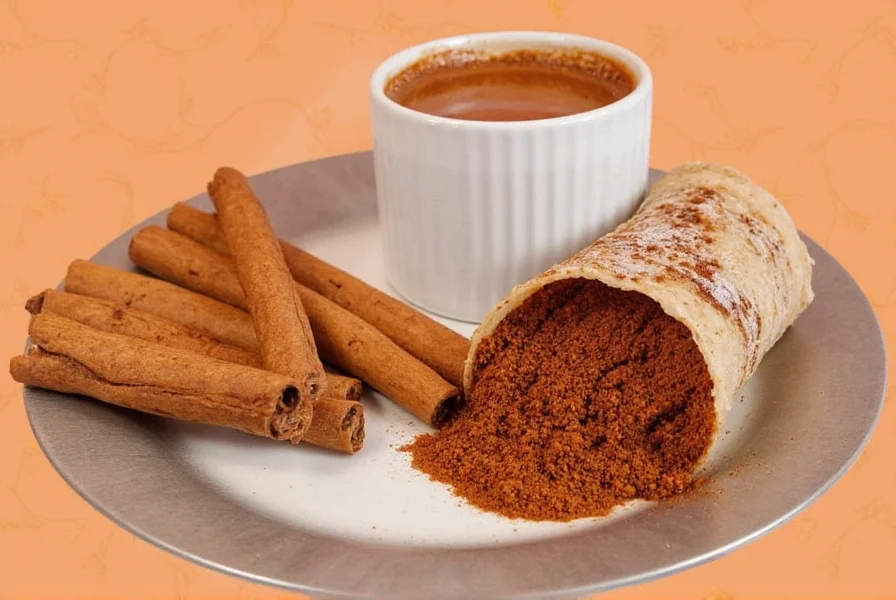
Saigon cinnamon, scientifically known as Cinnamomum loureiroi, is a variety of cinnamon primarily grown in Vietnam. It's one of the strongest and most aromatic types of cinnamon available, with a significantly higher essential oil content (especially cinnamaldehyde) than other varieties. This gives it its characteristic bold, intense flavor and powerful aroma.
Unlike Ceylon cinnamon (often called "true cinnamon"), which has a more delicate flavor, Saigon cinnamon delivers a robust, spicy profile that makes it perfect for recipes where cinnamon should be the star ingredient. It's commonly used in Vietnamese cuisine and has gained popularity worldwide for its distinctive taste.
Saigon Cinnamon Flavor Profile

Saigon cinnamon has a complex flavor profile that sets it apart from other cinnamon varieties:
- Intensity: Significantly stronger than Ceylon or common cassia cinnamon
- Sweetness: Rich and pronounced, but not overpowering
- Heat: Spicy with a noticeable peppery kick that lingers
- Complexity: Earthy, resinous undertones with hints of clove and nutmeg
- Aroma: Powerful and distinctive, instantly recognizable as "cinnamon" but more intense
This intensity makes Saigon cinnamon ideal for recipes where you want cinnamon to be the dominant flavor, rather than a subtle background note.
How Saigon Cinnamon Compares to Other Types
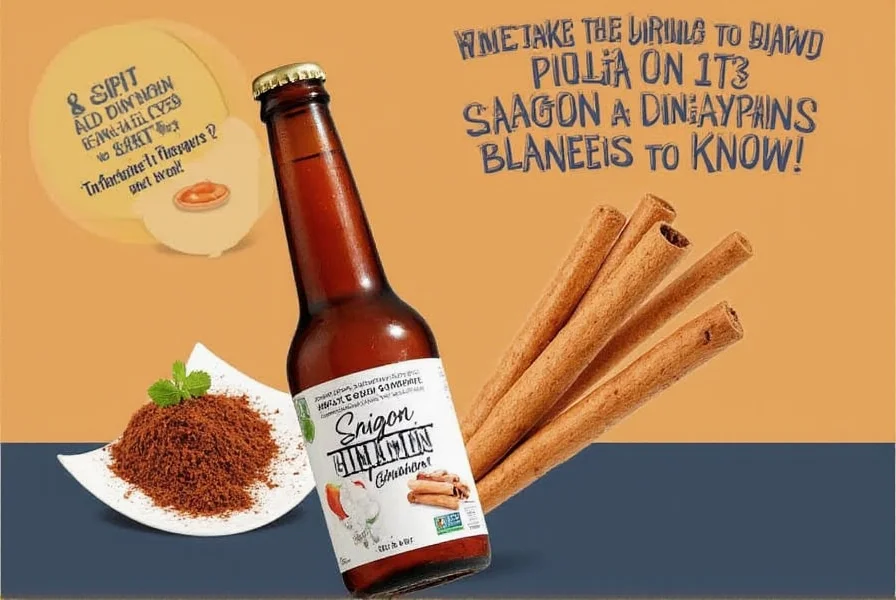
Let's compare the three main types of cinnamon commonly found in grocery stores:
| Type | Origin | Flavor Intensity | Coumarin Level | Best For |
|---|---|---|---|---|
| Saigon | Vietnam | Very Strong | Moderate-High | Baking, Stews, Spiced Drinks, Bold Recipes |
| Ceylon | Sri Lanka | Mild-Medium | Low | Desserts, Teas, Delicate Dishes, Long-Term Consumption |
| Cassia | China, Indonesia | Strong | High | Everyday Baking, Sauces, General Cooking |
Key differences to note:
- Saigon has the highest essential oil content (up to 5-10% cinnamaldehyde), making it the most flavorful
- Ceylon has the lowest coumarin content (0.017-0.06%), making it safer for regular consumption
- Cassia is the most common type found in supermarkets but has higher coumarin levels than Saigon
- Saigon's flavor is more complex and layered than cassia, with deeper earthy notes
Health Benefits of Saigon Cinnamon
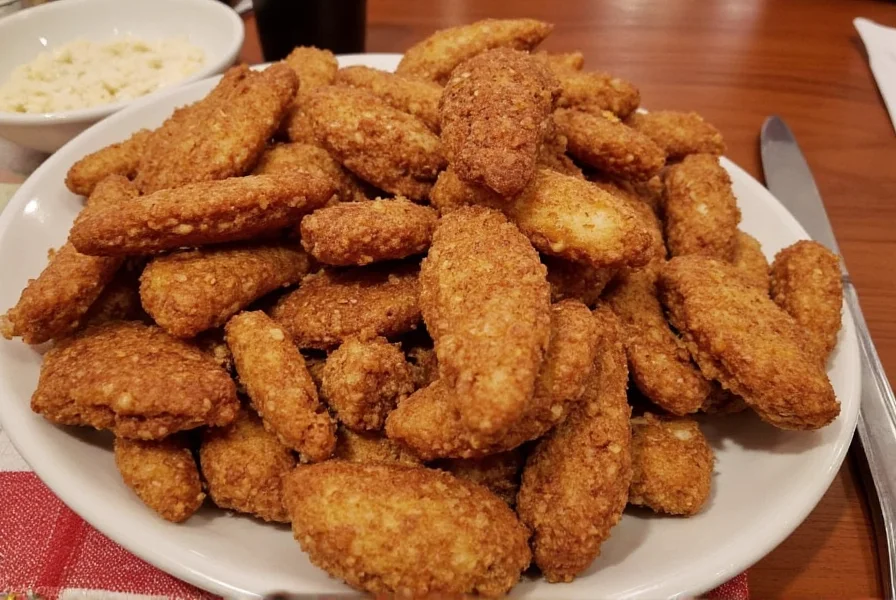
Like other cinnamon varieties, Saigon cinnamon offers several health benefits:
- Antioxidant Properties: Rich in polyphenols that combat oxidative stress and inflammation
- Blood Sugar Regulation: Studies show it may help improve insulin sensitivity and lower blood sugar levels
- Anti-Inflammatory Effects: May help reduce inflammation throughout the body
- Antimicrobial Properties: Natural preservative qualities that can help extend food shelf life
Important Safety Note: Saigon cinnamon contains higher levels of coumarin (up to 1-2%) compared to Ceylon cinnamon. Coumarin can be harmful to the liver in large quantities. The European Food Safety Authority recommends a tolerable daily intake of 0.1 mg per kg of body weight. For most adults, this means consuming no more than 1/2 teaspoon (about 2.5g) of Saigon cinnamon per day for regular use.
Creative Uses in Cooking & Baking
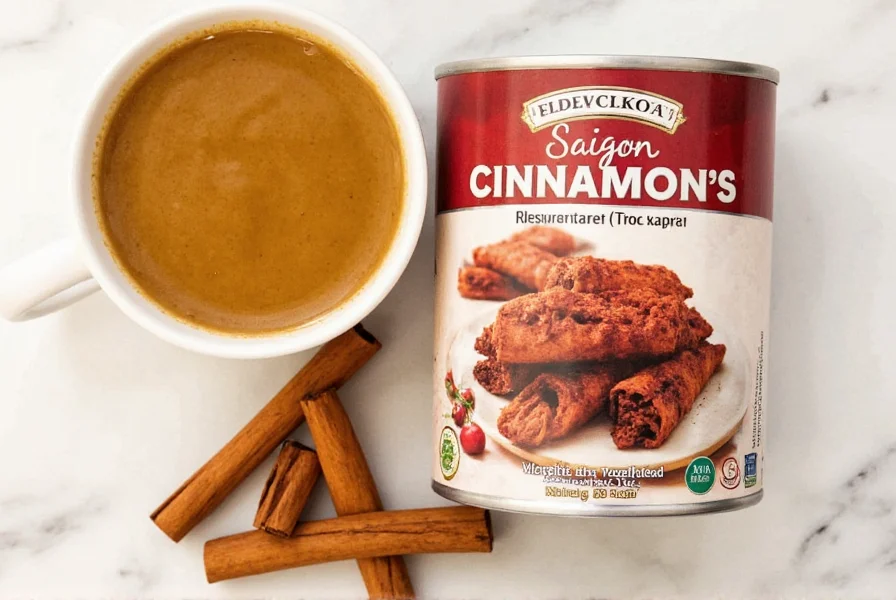
Because of its intense flavor, Saigon cinnamon works best in recipes where it can shine as the main spice:
- Baking: Perfect for cinnamon rolls, snickerdoodles, apple pie, and spiced breads where you want bold cinnamon flavor
- Beverages: Adds depth to coffee, hot chocolate, mulled wine, and chai tea
- Meat Dishes: Excellent in spice rubs for pork, duck, or lamb, and in stews and braises
- Global Cuisine: Essential in Vietnamese pho broth and many Middle Eastern spice blends
- Breakfast: Great in oatmeal, yogurt, or pancake batter for a flavorful start to the day
Pro Tip: Because Saigon cinnamon is so potent, use about 25-30% less than what a recipe calls for with regular cinnamon. Start with a smaller amount and adjust to taste.
Buying Guide: How to Choose the Best Saigon Cinnamon
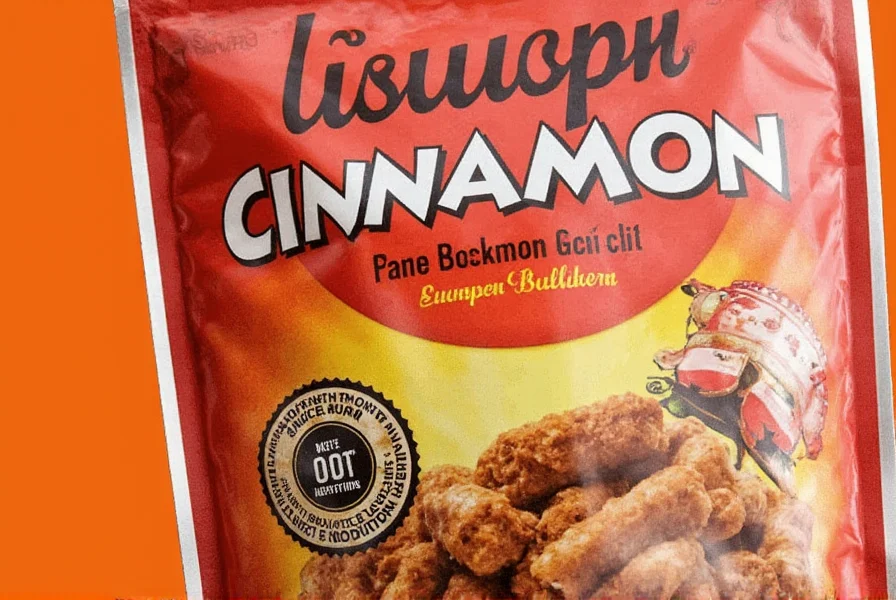
Not all "Saigon cinnamon" products are authentic. Here's how to ensure you're getting quality:
- Check the Label: Look for "Vietnamese cinnamon" or "Cinnamomum loureiroi" specifically
- Form: Sticks retain freshness longer than powder; if buying powder, look for brands that grind in small batches
- Packaging: Vacuum-sealed or airtight containers preserve freshness better than loose or poorly sealed products
- Price: Authentic Saigon cinnamon typically costs $8-$15 per ounce, significantly more than regular cassia
- Smell Test: Genuine Saigon cinnamon has an intense, sweet-spicy aroma that fills the room when opened
Top Picks for Authentic Saigon Cinnamon Products
| Product Name | Form | Key Features | Best For | Price Range |
|---|---|---|---|---|
| Spicely Organics Saigon Cinnamon | Powder | USDA Organic, non-GMO, gluten-free | Baking, smoothies, desserts | $9/oz |
| Fresh Origins Ground Cinnamon | Powder | Rich color, strong aroma, resealable jar | Daily use, seasoning blends | $7/oz |
| Simply Organic Cinnamon Sticks | Sticks | Whole bark, ideal for simmering drinks | Teas, mulled wines, stews | $10/set of 5 |
| Livelihood Cinnamon Powder | Powder | Fair trade, sustainably sourced | Eco-conscious kitchens | $8.5/oz |
| Rainbow Dust Saigon Cinnamon | Powder/Sticks | Gourmet-grade, restaurant-approved | Professional chefs and bakers | $12+/oz |
Frequently Asked Questions
Q: Is Saigon cinnamon good?
A: Yes, Saigon cinnamon is excellent for recipes where you want bold, intense cinnamon flavor. It has a rich sweet-spicy profile with complex earthy notes that make it superior for dishes where cinnamon should be the star. However, due to its higher coumarin content, it's recommended to use it in moderation (no more than 1/2 teaspoon per day for regular consumption).
Q: Can I substitute Saigon cinnamon for Ceylon in recipes?
A: Yes, but reduce the quantity by 25-30% since Saigon is significantly stronger. For recipes requiring large amounts of cinnamon (like cinnamon rolls), using too much Saigon could make the dish overpowering.
Q: Is Saigon cinnamon safe to eat every day?
A: For most healthy adults, using Saigon cinnamon in moderation (up to 1/2 teaspoon daily) is considered safe. However, those with liver conditions or who consume cinnamon regularly should opt for Ceylon cinnamon due to its much lower coumarin content.
Q: How long does Saigon cinnamon last?
A: Ground Saigon cinnamon retains peak freshness for about 6-12 months when stored properly in an airtight container away from light and heat. Cinnamon sticks can stay fresh for 2-3 years when stored correctly.
Q: What does Saigon cinnamon smell like?
A: Saigon cinnamon has an intensely aromatic, sweet-spicy scent with warm, woody undertones. It's more powerful and complex than regular cinnamon, with distinct notes of clove and nutmeg that set it apart from milder varieties.
Q: Why is Saigon cinnamon more expensive than regular cinnamon?
A: Saigon cinnamon commands a higher price due to its superior flavor profile, limited growing region (primarily Vietnam), labor-intensive harvesting process, and higher concentration of essential oils that give it its distinctive bold taste and aroma.
Conclusion: Is Saigon Cinnamon Good?
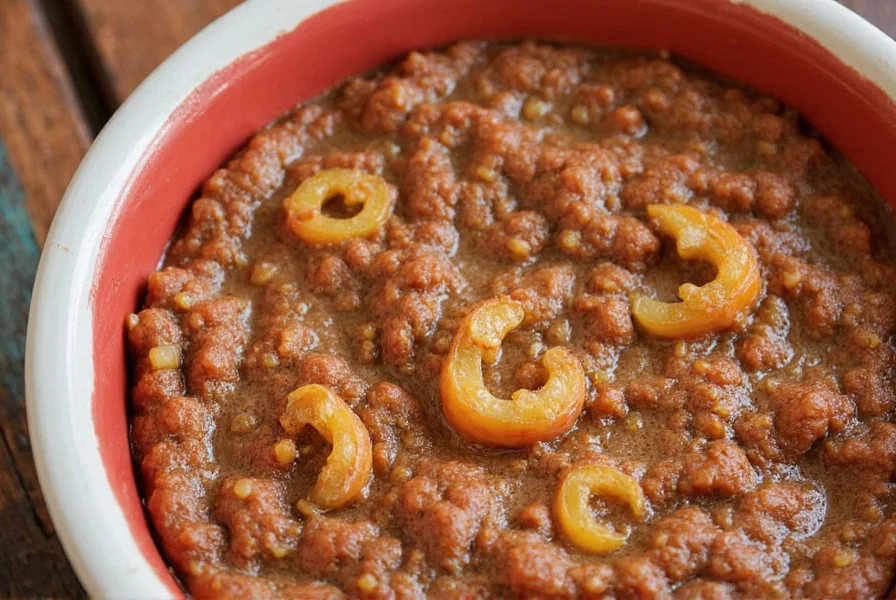
Yes, Saigon cinnamon is an excellent choice for those seeking bold, complex cinnamon flavor. Its intense sweetness, spicy kick, and rich aroma make it perfect for recipes where cinnamon should shine as the main spice. Whether you're baking, cooking savory dishes, or crafting warm beverages, Saigon cinnamon delivers a flavor experience that's hard to match.
However, it's important to use it responsibly due to its higher coumarin content. For everyday use, especially if consuming cinnamon regularly, Ceylon cinnamon might be a safer option. But for special recipes where you want that powerful cinnamon punch, Saigon is the undisputed champion.
With proper storage and mindful usage, Saigon cinnamon can become a treasured addition to your spice collection. Ready to elevate your cooking? Try it in your next batch of cinnamon rolls, mulled wine, or spice rub for a flavor adventure that will transform your dishes.

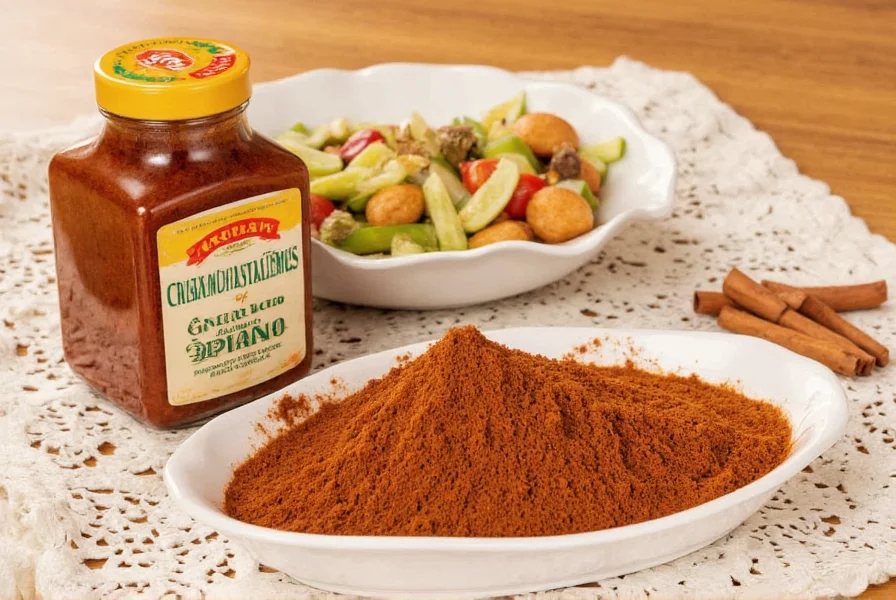









 浙公网安备
33010002000092号
浙公网安备
33010002000092号 浙B2-20120091-4
浙B2-20120091-4